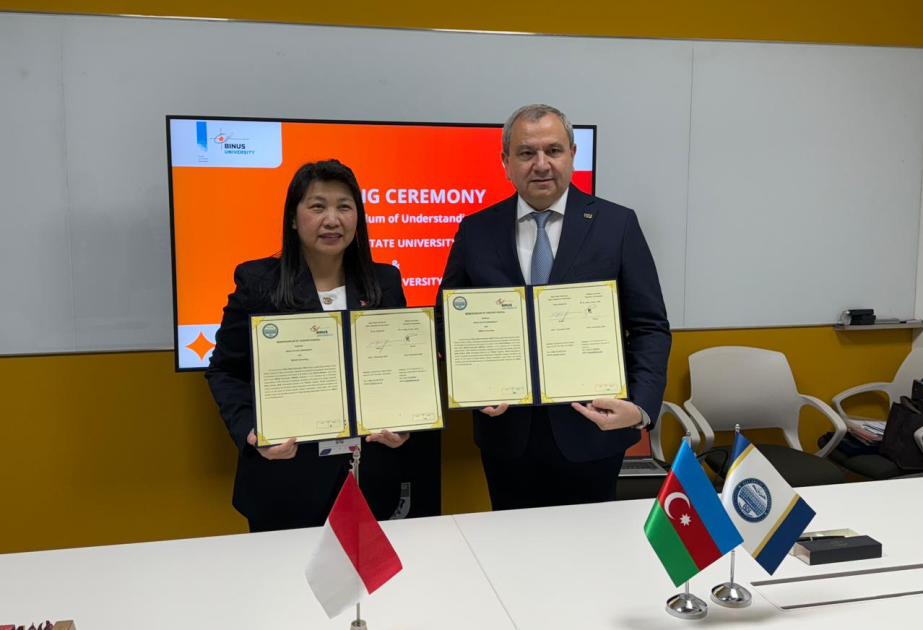Scientists in Germany and Israel have found a new way to study some of the tiniest and most promising materials on Earth—an advance that could help create better batteries, flexible electronics, and clean energy devices, according to the Press Service of Israel (TPS-IL.
The materials, known as MXenes, are made up of sheets only a few atoms thick. They can conduct electricity, store energy, and even interact with light in ways that could make future technologies faster, smaller, and more efficient. But until now, researchers could only study MXenes in large stacks of overlapping layers. That made it hard to understand what each single layer could actually do on its own.
MXenes have been generating excitement for years because of their potential in next-generation technology — from ultrafast-charging batteries and solar cells to flexible screens and water-purification membranes. But to make those ideas real, scientists first need to understand exactly how these materials behave at the smallest scales.
A research team led by Dr. Andreas Furchner from Helmholtz-Zentrum Berlin and Dr. Ralfy Kenaz* from the Hebrew University of Jerusalem has solved that problem. They used a new optical method called spectroscopic micro-ellipsometry (SME) to look at individual flakes of MXene one by one. The findings were published in the peer-reviewed ACS Nano journal.
The technique works by shining carefully controlled light on microscopic samples and measuring how the light reflects back. From that reflection, scientists can tell how well the material conducts electricity and how its structure affects performance. Unlike older methods, SME doesn’t damage the sample and can complete a full analysis in less than a minute.
“What is truly outstanding with this work is that in less than one minute, we can directly measure the optical, structural, and electrical properties of individual MXene flakes—all in a non-destructive way,” said Kenaz, who co-invented the method. “Normally, these measurements require three different instruments and a lot more time.”
Furchner said the new approach gives scientists a clear picture of how each flake behaves. “Measuring how single MXene flakes interact with light allowed us to pinpoint tiny variations in thickness and conductivity,” he said. “We were excited to see how closely the results matched much slower and more destructive techniques.”
The team found that when MXene layers get thinner, their electrical resistance increases—a crucial detail for designing reliable and efficient electronic components. The new technique was also able to match the accuracy of powerful imaging tools such as electron microscopes, confirming its precision.
“This work provides a roadmap for integrating MXenes into real technologies by offering a direct view of their intrinsic properties without the interference of stacked layers or impurities,” said Prof. Ronen Rapaport of Hebrew University. “By refining how we study these materials, we’re paving the way for their use in energy and optoelectronic devices.”
According to Dr. Tristan Petit of Helmholtz-Zentrum Berlin, the new technique could have an even wider impact. “This opens up new fields of research that were previously only possible with large, expensive X-ray facilities,” he said. “Now we can do similar work in a regular lab, much faster.”
MXenes can store and release electrical energy extremely efficiently, making them promising for next-generation lithium-ion and solid-state batteries. Because they’re thin and bendable, MXenes could power wearable devices, smart clothing, or foldable electronics. This also makes MXenes ideal for use in supercapacitors — devices that deliver quick bursts of power and recharge much faster than regular batteries.
Their ability to interact with light and conduct electricity also makes MXenes useful for solar cells and photoelectrochemical systems that convert sunlight into clean energy. In particular, MXenes may improve hydrogen production by acting as catalysts in water-splitting reactions.
Because MXenes can filter out heavy metals and salts from water, scientists are exploring them for desalination membranes and environmental cleanup technologies. Researchers are also studying MXenes for potential use in biosensors, drug delivery systems, and medical diagnostics.
As Dr. Petit put it: “This is a powerful demonstration of how collaboration and advanced physics can accelerate materials science. MXenes are just the beginning.”




















